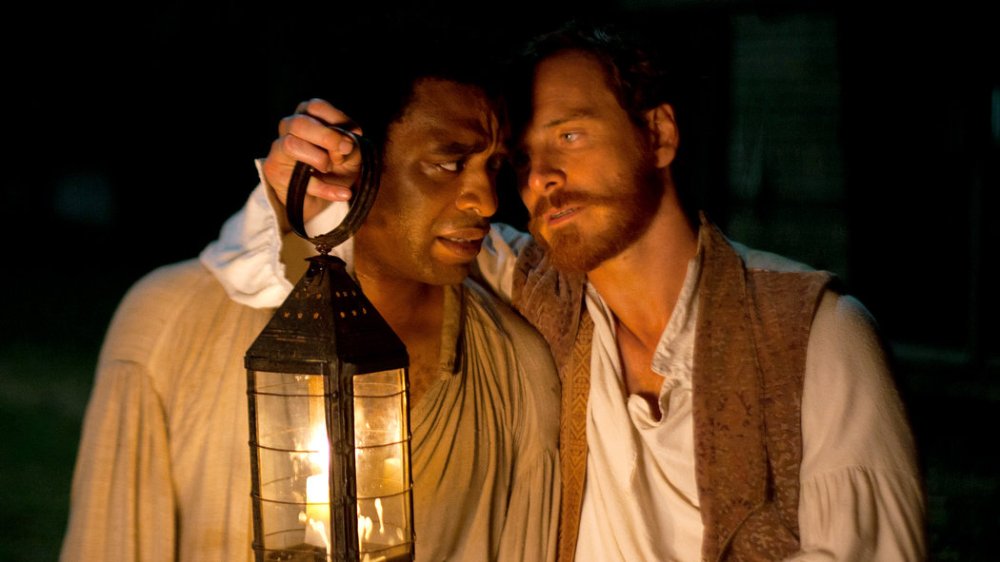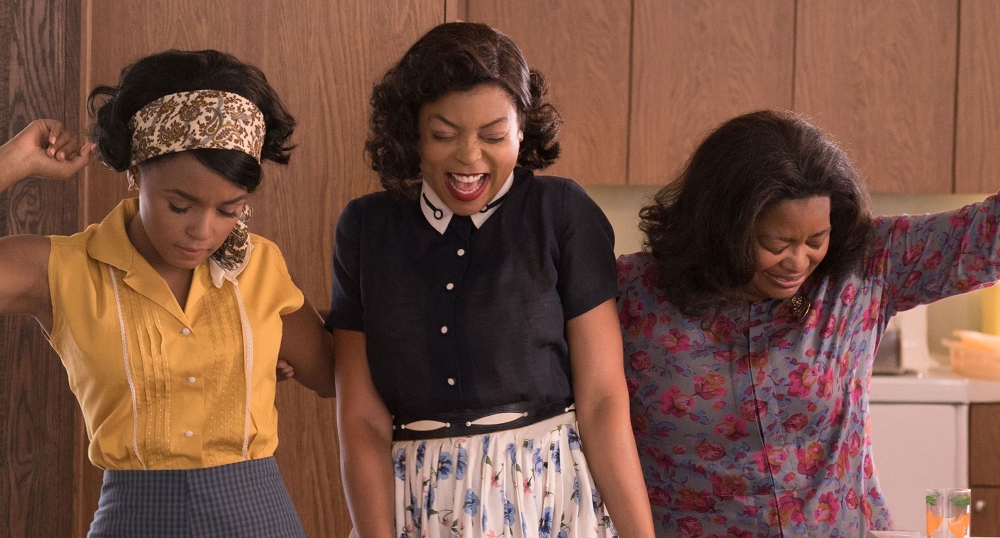Nobody likes being lied to.
I’d rather have the bar set low only to be pleasantly surprised by a movie than vice versa.
In the case of Hidden Figures, the racially polarizing and “critically acclaimed” film that has grossed $40 million in box office revenue as of January 17th, the opposite is the case.
If I wanted to be reminded of the dastardly nature of white males, including myself, then I would have turned on MSNBC.
But more disappointing than the predictable narrative which panders to those obsessed with living in the racially unjust past, the movie was just not good.
Ironically, it is a movie about three black women made by a white, male director.
And the film itself is as misguided as the cast/director combo of a race movie would suggest.
I wanted to like it. I’m not one to avoid or dislike a film merely because it contains realities about white men (and women) being inhumane or insensitive, themes which often make me uncomfortable in some sense of the word.
I just want to be forewarned that race will be the central theme of the film. If this is going to be the case, do it in an earnest, believable way. A little subtlety never hurt a movie, either.
12 Years a Slave took the worst aspects of the slave trade, of which there were many, and rolled them up into one film. It was not representative of every single Southerner during the era, but it had a strong basis in reality.

And more importantly, it was well shot. Scenery was authentic and beautiful. You were transported to the time, with wardrobe, dialogue, and an overall tone that made one believe that this film was at least attempting to tell history as it truly was.
Not to mention, the acting was absolutely phenomenal. I totally bought Paul Giamatti and Michael Fassbender as the merciless slave dealer and owner that they respectively portrayed.
And, I found myself forgetting that Chiwetel Ejiofor and Lupita Nyong’o were actors, not actual slaves, nothing but a compliment to their superb acting and believability.
The film knew what it wanted to be, a depressing film meant to document America’s history at its worst, bereft of humor and completely dedicated to the time period.
The subject matter was about slavery, an inherently messy and downtrodden subject in which mistreatment along racial lines is inevitable.
I could prepare myself going into it that this was going to be a film that caused me to think critically, and not about pretty or fun stuff.
With Hidden Figures, there was no such warning.
No warning about just how unnecessarily vindictive Kirsten Dunst (plus her on-again, off-again Southern? accent) as well as the rest of the white NASA staff would be portrayed.
No warning that the movie would have little actual science, few special effects to assist the supposedly space-centric plot, or any character development to speak of.
No warning that this was, in reality, a movie hardly about space, and practically all about race.
Having seen Selma and Straight Outta Compton and finding myself unable to finish either, I knew that recent movies about prominent African-Americans (whether it is MLK or Ice Cube) had garnered Rotten Tomatoes scores far higher than they deserve.
I am not going to speculate as to why, but the movies simply were not as good as the reviews would suggest.
Not to mention, the liberty taken in portraying white characters did not sit well with me.
Is it undeniable that Martin Luther King, Jr. was treated inhumanely by countless people of Caucasian complexion? Yes.
But forgive me if I do not buy a white man reaching out for a handshake only to pull it back and punch King in his face.
Or the police pulling up to arrest the various members of N.W.A every, single time they step out of the recording studio.

As a white guy extremely critical of movies that purport to be “based on a true story”, these films proved farcical while cloaking themselves in the misleading guise of a “true story”.
The movies were, quite simply, corny. The anti-12 Years a Slave, if you will.
Hidden Figures was more Selma than 12 Years a Slave, with every white character predictably harboring racist sentiments. Seriously, there are no redeeming characters except the black ones.
Which is not to say that the three ladies who the story centers on were not remarkable individuals. They certainly had limited opportunity to advance within NASA, but the lengths to which the movie goes to paint those obstacles is the opposite of subtle.
Having the protagonist Katherine Johnson clumsily sprint halfway across NASA’s campus to use the colored bathroom throughout the film is one of the examples of how the film finds boring, overt ways to portray their struggle, when it could have been done much more tastefully.
The movie had an overall feel of amateurism, with a set and costumes that felt too perfect, almost as if the period was a time in which all desks were pristine, every machine was shined to a blinding degree daily, and every white male in the office wore matching white shirts, black slacks, and black ties. Really, that’s what they all wore.

The Pharrell song that kept playing throughout (“I’m running from the man, I’m running from the badge”) did not help in terms of either believing we were in the 60’s or that this movie would be anything less than a slap in the face to those still in denial about white privilege.
Nothing says 1962 like Pharrell, right?
I just did not like this movie. I did not think it was very good.
And to look on Rotten Tomatoes and see that it had garnered a 93% favorable review percentage?
This is rarified air reserved for the likes of The Godfather or, well, 12 Years a Slave.
At best, Hidden Figures should have gotten about 70%. At best.
This phenomena in which allegedly biographical movies shrouded in racial division get favorable reviews without critique or even a mention of their cinematic flaws is troublesome.
The #OscarsSoWhite movement, Twitter in general, and the PC-ification of America are to blame.
But so are we, for going along with the narrative. For not discerning between movies of color, for better or worse.
It does an injustice to directors like Steve McQueen III (12 Years) and Barry Jenkins, whose Moonlight is a must-watch about the struggle of African American males, a film that truly grapples with the darker realities of his culture unflinchingly.

So, I say, don’t see Hidden Figures.
Instead, read the true histories of Katherine Johnson, Mary Jackson and Dorothy Vaughan. They are worth reading about.
The fictionalized, melodramatic and white-shaming movie Hidden Figures is hardly accurate, and it is a shame considering the accomplishments of its central figures.
If you are going to spend your money, rent 12 Years a Slave or pay to see Moonlight in theaters.
They are black movies made by black directors that, unlike Hidden Figures, are for people of all colors.
And more importantly, they are simply good movies.
Good job sammire! It’s off my list and saved me $20!
LikeLike